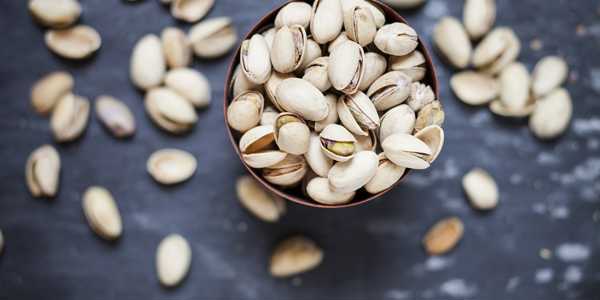
High Risk Food Not of Animal Origin
High Risk Food Not of Animal Origin (HRFNAO) that originates from a Rest…
Read more about High Risk Food Not of Animal Origin
The Food Standards Agency have advised that the list of products classed as high-risk food and feed of non-animal origin (HRFNAO) will be amended from 18th December 2024.
Please see the intended changes summarised below.
New listings in Annex 1
New listings in Annex 2
Delisting
Increasing
Decreasing
If you have any questions relating to the amendments, please note ‘Regulation 2019/1793 amendment review 3’ in the subject field of your email and send to Imported.Food@food.gov.uk (in England) or LASupportWales@food.gov.uk (in Wales).

High Risk Food Not of Animal Origin (HRFNAO) that originates from a Rest…
Read more about High Risk Food Not of Animal Origin
Importers (or agents on their behalf) are required to notify Dover Port …
Read more about Pre-Notification